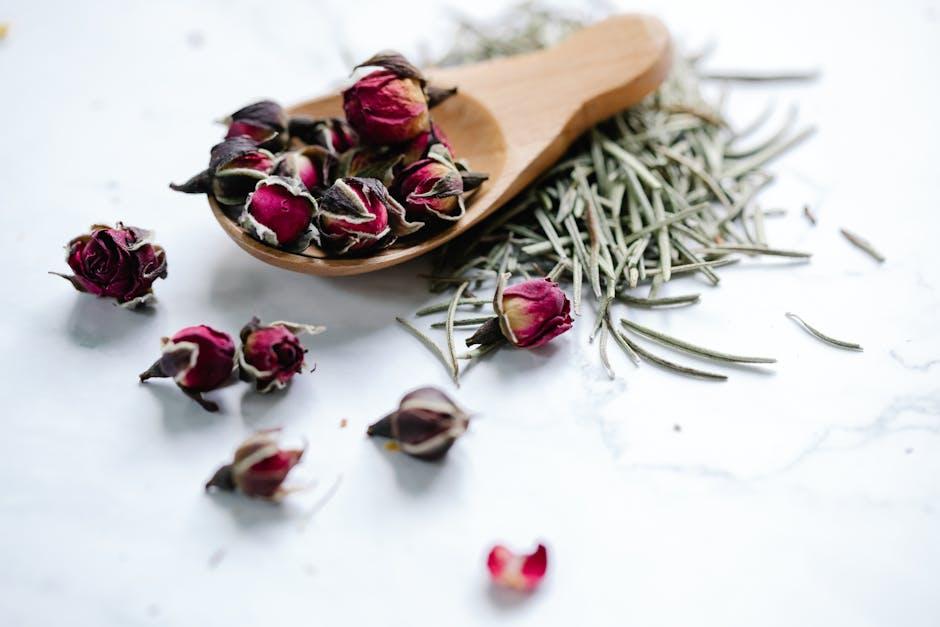If you have diabetes, you may often wonder what foods are OK to eat. Even small choices, like radishes on your salad, might trigger the question: Are radishes good for my blood sugar?
Adequate fruit and vegetable intake is a cornerstone of a healthy diet—and can even help you live longer. The U.S. Department of Agriculture (USDA) recommends 2 to 4 cups of vegetables per day. And if you’re managing diabetes, getting plenty of nutrient-rich, high-fiber vegetables can help with both blood sugar management and long-term diabetes management.
“Though we often talk about diabetes like it’s a blood sugar problem, it’s really more than that,” says Jill Weisenberger, M.S., RDN, CDE, a Virginia-based dietitian and author of Prediabetes: A Complete Guide. “Type 2 diabetes is connected to insulin resistance, which is associated with fatty liver, heart disease, abnormal cholesterol levels, high blood pressure and even some types of cancer. So when we think about eating for diabetes, we also have to think about eating for heart disease prevention and cancer prevention.”
Weisenberger points out that different vegetables have different nutrients and different types of fiber, and they are all important for diabetes management and overall health. Here are Weisenberger’s top 10 vegetables for diabetes management.
1. Carrots
The fiber in vegetables helps us feel full and satisfied. Weisenberger recommends carrots as an especially filling, high-fiber vegetable. Carrots are also high in vitamin A, which helps with immunity and healthy eyes. Try them in our Balsamic Oven-Roasted Carrots.
2. Broccoli
In addition to helping with satiety, the fiber in vegetables acts as a prebiotic. “Prebiotic fibers are fermented by our gut bacteria, helping them to thrive,” says Weisenberger. “In some cases, this helps with glucose and cholesterol metabolism.” Broccoli is a great choice for this, as are other cruciferous vegetables.
3. Zucchini
According to a 2021 study in Food Chemistry: Molecular Sciences, carotenoids—including the lutein and zeaxanthin that zucchini contains—support heart health and may protect against certain cancers. Zucchini is also low in calories and high in fiber, Weisenberger points out.
4. Cabbage
If you have diabetes, there is a time and a place for orange juice, but chugging it in hopes of an immunity boost might not be the best choice. Enter cabbage. Like OJ, it, too, is high in vitamin C, which may positively affect heart health, according to a 2021 review published in Nutrients. It’s also got tons of fiber to slow the digestion of whatever you’re eating alongside it, which can help prevent blood sugar spikes. For a delicious twist on cabbage, try our Roasted Cabbage with Chive-Mustard Vinaigrette.
5. Spinach
Like all leafy green vegetables, spinach is nutrient-dense and very low in calories. It’s also rich in iron, which is key to healthy blood flow. Spinach contains a compound called alpha-lipoic acid, which can help alleviate symptoms associated with polyneuropathy for individuals with diabetes, according to a 2023 review published in Nutrients. You can add spinach to soups or stews, throw a handful into your eggs in the morning or sauté it for a simple side dish.
6. Tomatoes
Weisenberger suggests stuffing extra tomatoes into a whole-grain sandwich. In addition to adding color to your sandwich and dishes, tomatoes are high in lycopene. Lycopene is a compound that has been linked to a host of health benefits, including a lower risk of heart disease and certain cancers, as well as aiding blood glucose levels, according to a 2020 review in the journal Antioxidants. Tomatoes are tasty as is, or try roasting them to bring out their natural sweetness.
7. Cucumber
Another of Weisenberger’s favorite sandwich fillings, cucumber is a high-water vegetable that can help keep you hydrated, as well as feeling full. Vegetables belonging to the Cucurbitaceae family of produce, including cucumbers, may lower and control blood sugar levels and reduce inflammation throughout the body, according to a 2022 review in the journal Molecules. Try our simple Cucumber & Avocado Salad.
8. Lettuce
Different types of lettuce contain different nutrients, but all are high in fiber and water. In particular, just 1 cup of red-leaf lettuce packs in 33% of your daily vitamin K needs, per the USDA. Vitamin K is important for blood clotting and bone health. Serving other foods over a bed of lettuce can also help slow their absorption, further contributing to blood sugar control. Using lettuce in place of pizza crust or tortillas is a great way to help prevent a blood sugar spike but still get all the flavor when you’re craving your favorite foods.
9. Mushrooms
Metformin, a commonly prescribed medication for type 2 diabetes, can cause a vitamin B6 deficiency, according to a 2020 study in The Journal of Clinical Endocrinology & Metabolism. Mushrooms are a source of vitamin B6, and eating more food sources of this nutrient may help counteract that deficiency. Bonus: Adequate B vitamins can also protect against cognitive decline. Mushrooms add a meaty texture and flavor and can be added to everything from omelets and sandwiches to soups and stews. Or make them the star of the show as a simple, tasty side dish, like in our Balsamic-Roasted Mushrooms with Parmesan.
10. Green Beans
Whether it’s the holiday season or another time of year, a green bean casserole can be a warm, comforting addition to dinner. Green beans contain vitamin C and vitamin A and are high in fiber. Weisenberger recommends adding chopped green beans to pasta sauce for an extra veggie hit. If you prefer canned green beans, opt for a low-sodium option if possible.
The Bottom Line
While we’ve given you some top vegetable choices for blood sugar control, there really are no bad choices when it comes to vegetables for diabetes. In general, non-starchy vegetables are lower in carbohydrates and calories than starchy vegetables, and their high-fiber content can help steady blood sugar and slow the absorption of other carbs you may be eating with them.
That said, Weisenberger stresses that there’s no reason to avoid starchy vegetables like potatoes and corn—they’re packed with fiber and nutrients too! Just be sure to count starchy vegetables as carb servings when calculating insulin and medication. The best way to make sure you’re getting the nutrients you need is to eat a wide variety of foods. “That’s why we’re best off when we don’t omit any food group,” stresses Weisenberger.







:max_bytes(150000):strip_icc()/6628030-78a75512fc324021bf6aacf9f1e1a04e.jpg)


